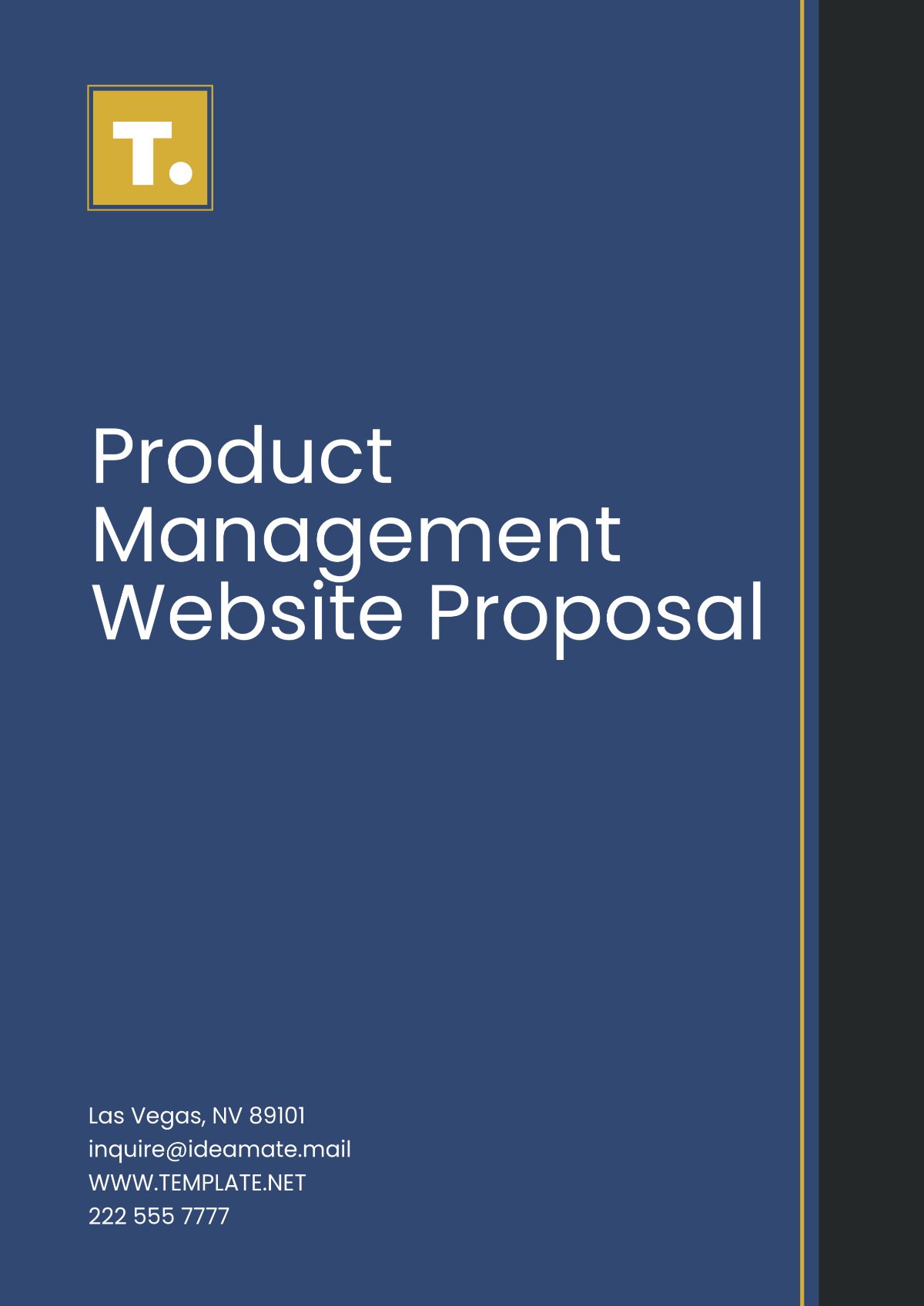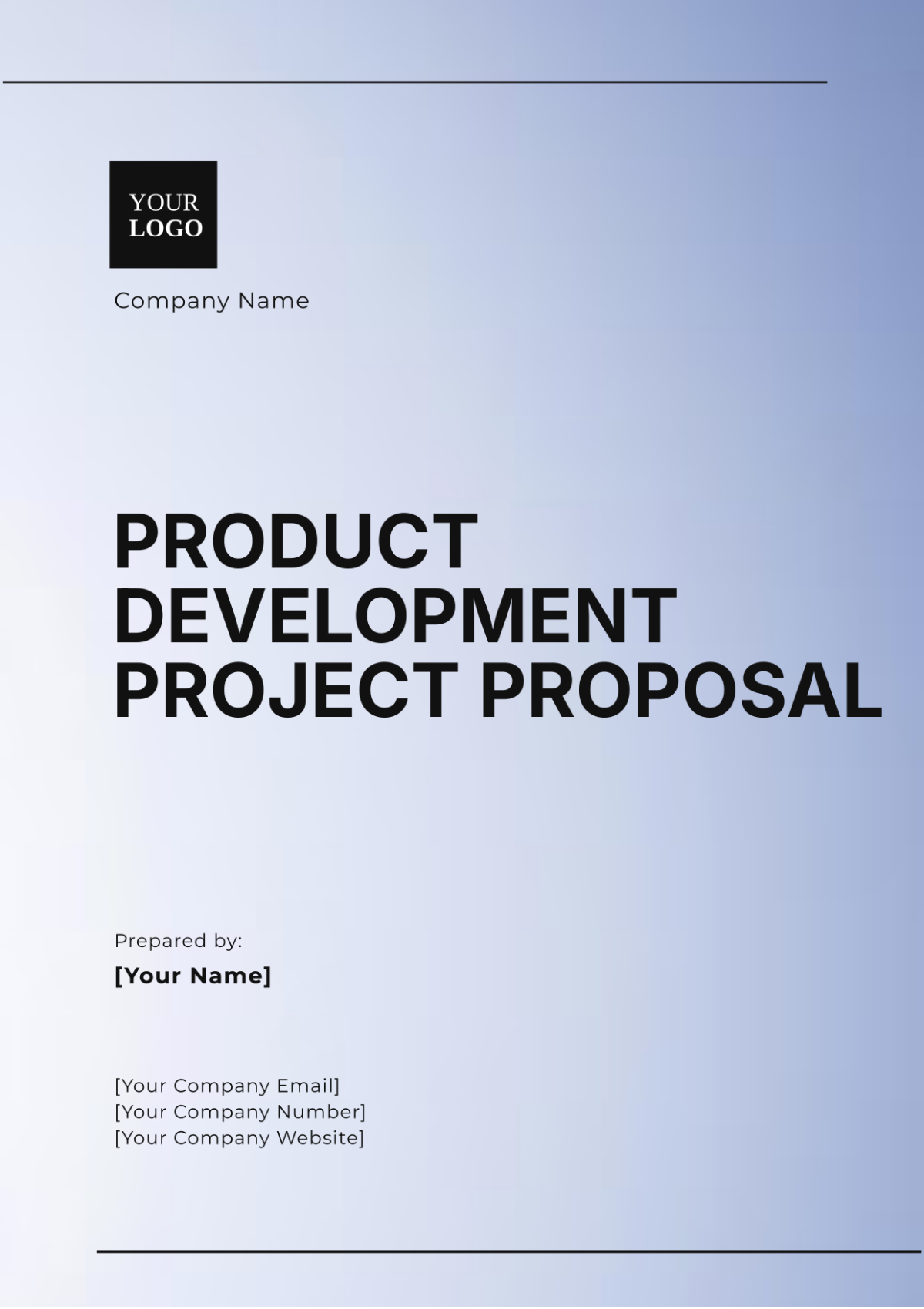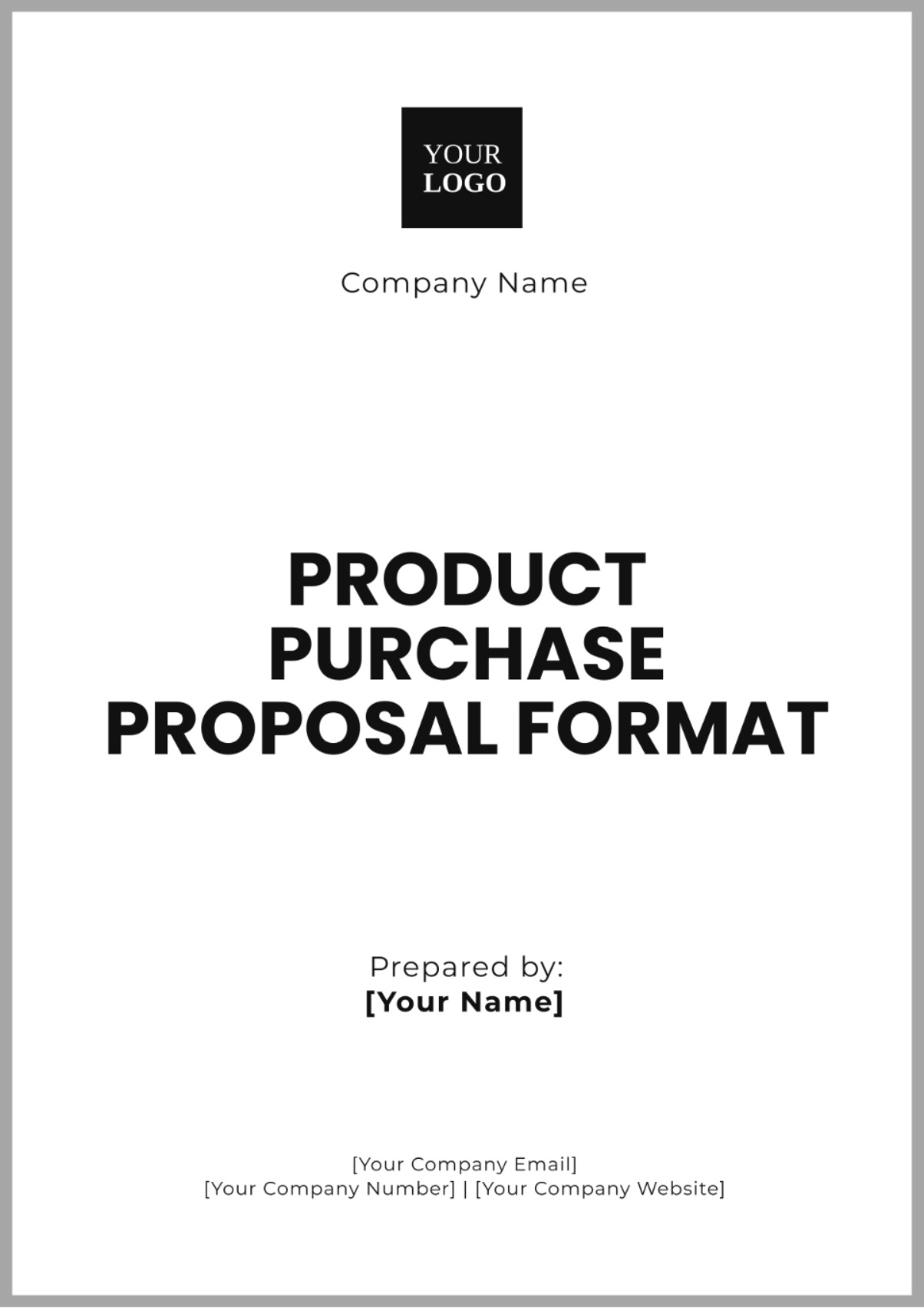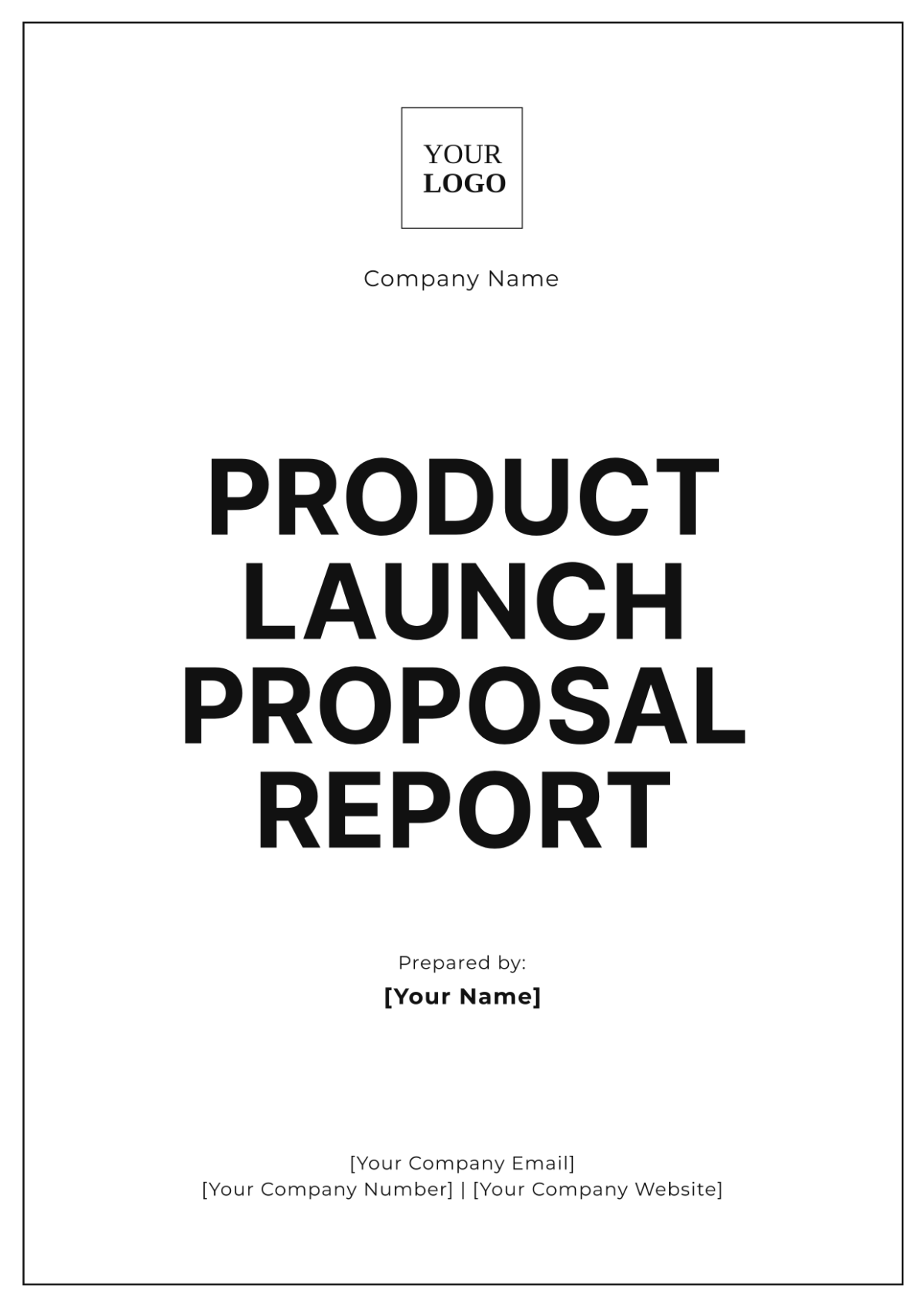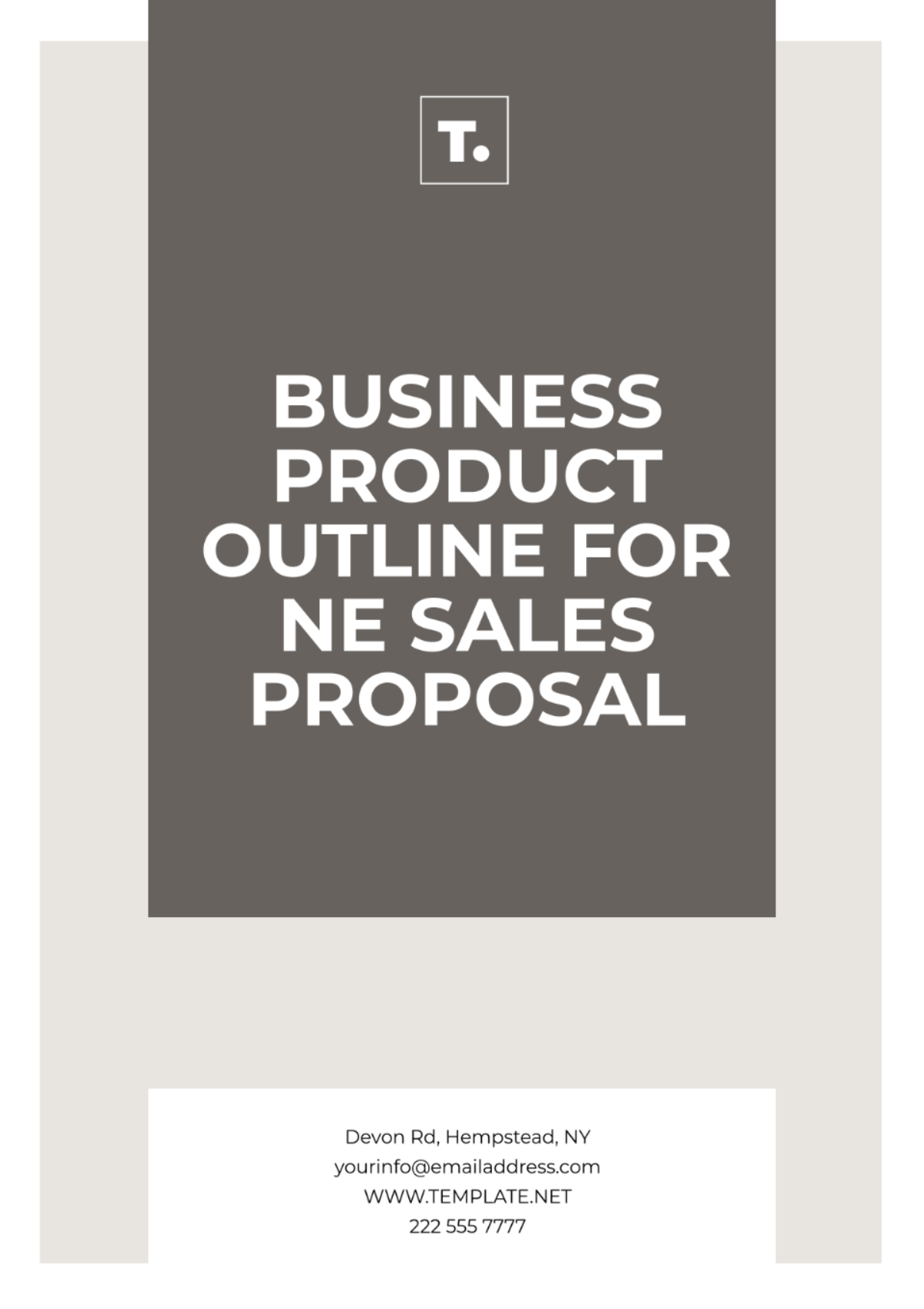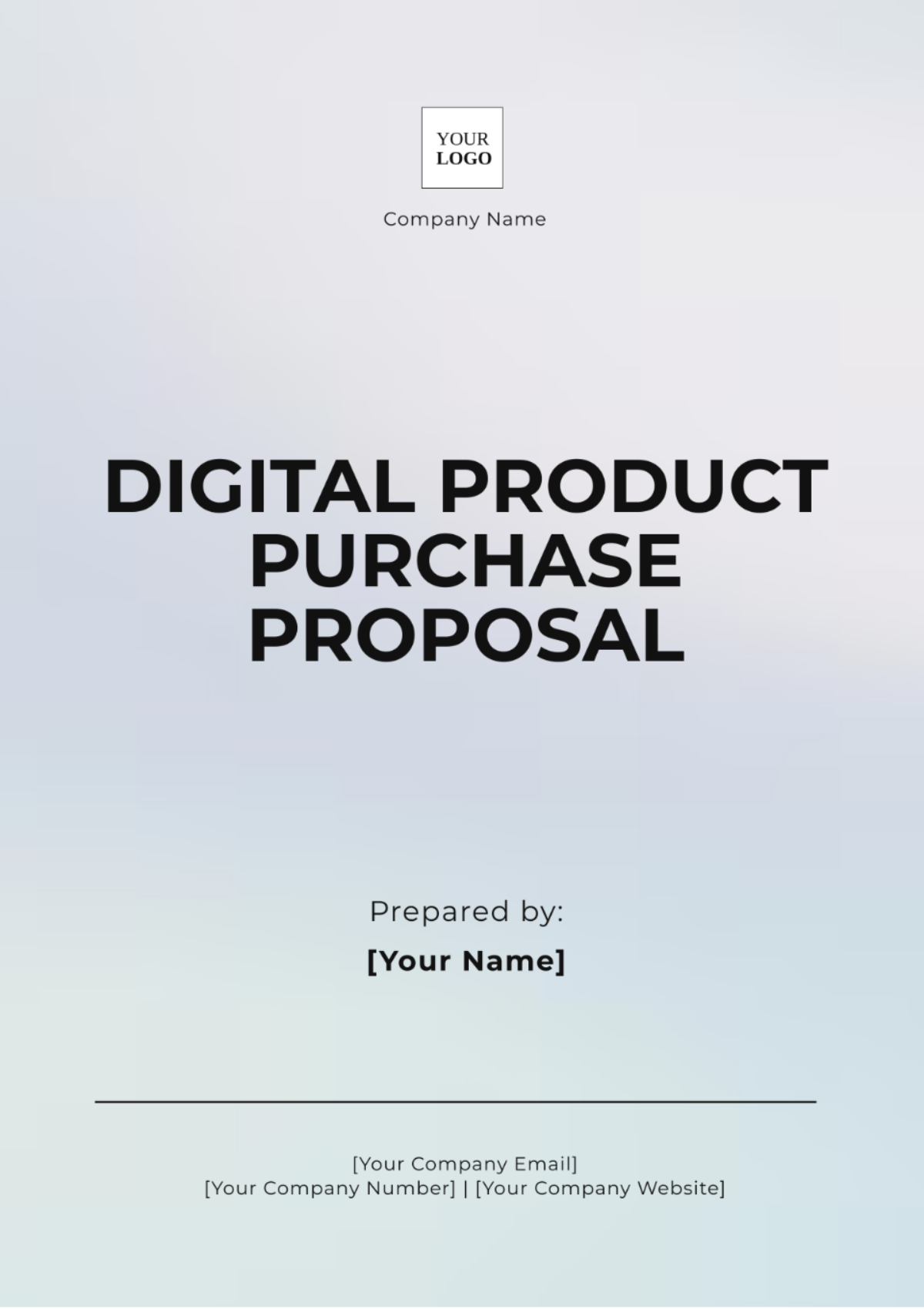Product Launch Proposal Report
1. Executive Summary
This report outlines a strategic proposal for the launch of [Your Company Name]'s new product, designed to enhance energy efficiency and user convenience. The purpose of this proposal is to provide a comprehensive plan that includes our objectives, strategies, budget, and timeline for the product launch. By following this plan, we aim to ensure a successful market introduction and alignment among all stakeholders.
2. Market Analysis
2.1 Target Audience
Demographics:
Age: 25-45 years
Gender: All genders
Income: $60,000 - $120,000 annually
Location: Urban and suburban areas in North America
Psychographics:
Interests: Technology, sustainability, home improvement
Lifestyle: Environmentally conscious, tech-savvy
Values: Energy efficiency, innovation, quality
Behavioral Segments:
Purchasing Habits: Prefers smart home products, often researches before buying
Brand Loyalty: Tends to be loyal to brands that align with personal values of
sustainability and innovation
2.2 Competitive Landscape
Analyzing the competitive landscape reveals key market trends and competitor strategies. The following table summarizes our primary competitors:
Competitor | Strengths | Weaknesses | Market Share |
|---|---|---|---|
Competitor A | Strong branding, robust distribution network | Higher price point, limited customization | 35% |
Competitor B | Innovative features, competitive pricing | Limited market presence, smaller budget | 25% |
Our Product | High-quality, unique features, competitive pricing | New entrant, brand recognition | -- |
3. Product Overview
3.1 Key Features
Innovative Technology: Integrates advanced AI algorithms to optimize energy consumption and automate home systems for enhanced efficiency.
Eco-friendly Materials: Constructed with sustainable, recyclable materials to minimize environmental impact.
User-friendly Interface: Features a sleek touchscreen display and intuitive app for easy control and monitoring.
Affordable Pricing: Priced at $149.99, offering exceptional value compared to competitors.
3.2 Unique Selling Proposition (USP)
Our product distinguishes itself through its cutting-edge AI technology, commitment to sustainability, and ease of use. This combination delivers outstanding energy savings and convenience at an accessible price point, appealing to the eco-conscious tech enthusiast.
4. Marketing Strategy
4.1 Advertising Channels
To maximize our reach and impact, we will utilize a comprehensive mix of advertising channels:
Social Media Platforms: Facebook, Instagram, Twitter - Targeted ads and engaging content to build brand awareness.
Search Engine Marketing: Google Ads, Bing Ads - Keywords focused on smart home and energy efficiency.
Email Marketing: Personalized newsletters and promotions to our subscriber base.
Influencer Partnerships: Collaborations with eco-friendly and tech influencers for authentic endorsements.
Television and Radio Commercials: National ads to reach a broader audience and generate buzz.
4.2 Sales Promotions
To drive initial interest and sales, we will implement the following promotional strategies:
Limited-time Discounts: 20% off for early adopters during the first month of launch.
Bundle Offers: Buy one product and get 25% off on a second unit or additional accessories.
Referral Rewards: Customers receive a $10 discount for each referral that results in a purchase.
Free Samples and Demos: In-store demonstrations and online trials to showcase product features.
5. Budget Allocation
Estimated Costs
Here is a detailed budget allocation for the product launch:
Category | Estimated Cost |
|---|---|
Market Research | $15,000 |
Product Development | $120,000 |
Marketing & Advertising | $60,000 |
Sales Promotions | $35,000 |
Miscellaneous | $10,000 |
6. Launch Timeline
Key Milestones
The following timeline outlines the key milestones leading up to the product launch:
Milestone | Target Date |
|---|---|
Completion of Product Development | March 1, 2025 |
Market Research & Analysis | March 15, 2025 |
Finalization of Marketing Plan | April 1, 2025 |
Production Begin | April 15, 2025 |
Soft Launch & Testing | May 1, 2025 |
Official Product Launch | June 1, 2025 |
7. Risk Management
7.1 Potential Risks
Identifying and mitigating potential risks is essential for a successful product launch. Key risks include:
Market Risks: Changes in consumer preferences or economic downturns.
Operational Risks: Production delays or supply chain disruptions.
Financial Risks: Budget overruns or funding shortages.
Reputational Risks: Negative feedback or product recalls.
7.2 Mitigation Strategies
Conduct Regular Market Surveys: To stay updated on consumer trends and adjust strategies accordingly.
Establish Reliable Supply Chains: To reduce the likelihood of production delays and ensure timely delivery.
Contingency Budget Planning: Allocate a portion of the budget for unforeseen expenses and unexpected costs.
Quality Assurance Processes: Implement stringent quality checks to ensure product reliability and customer satisfaction.
8. Conclusion
The successful launch of this new product requires meticulous planning and execution. This proposal outlines a clear roadmap for navigating the complexities of the launch process. By addressing market needs, leveraging our unique selling points, and implementing effective marketing and risk management strategies, we are well-positioned to make a significant impact in the smart home market. We anticipate strong collaboration and commitment from all team members to bring this product to market successfully.
